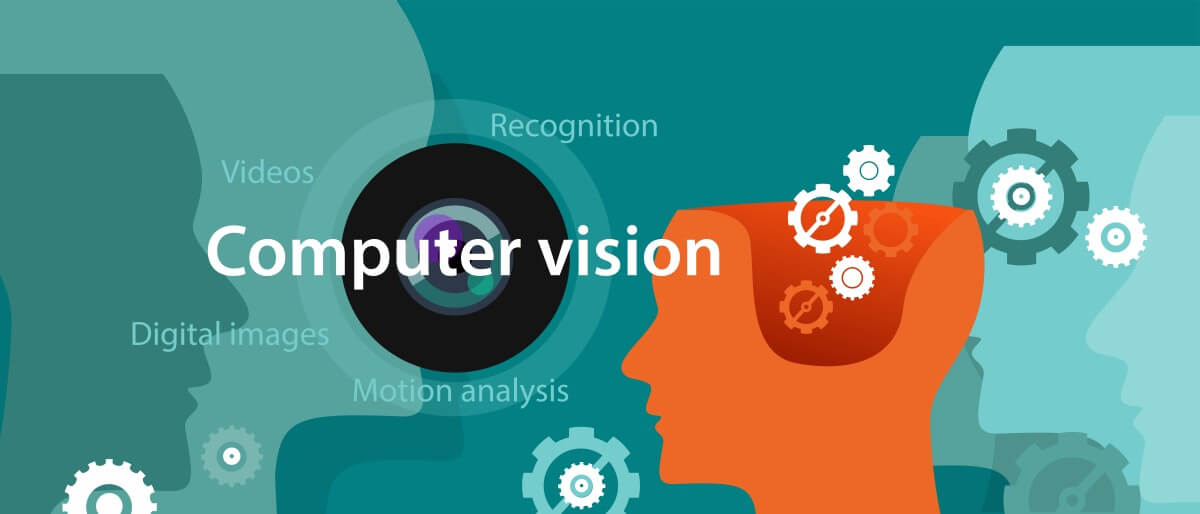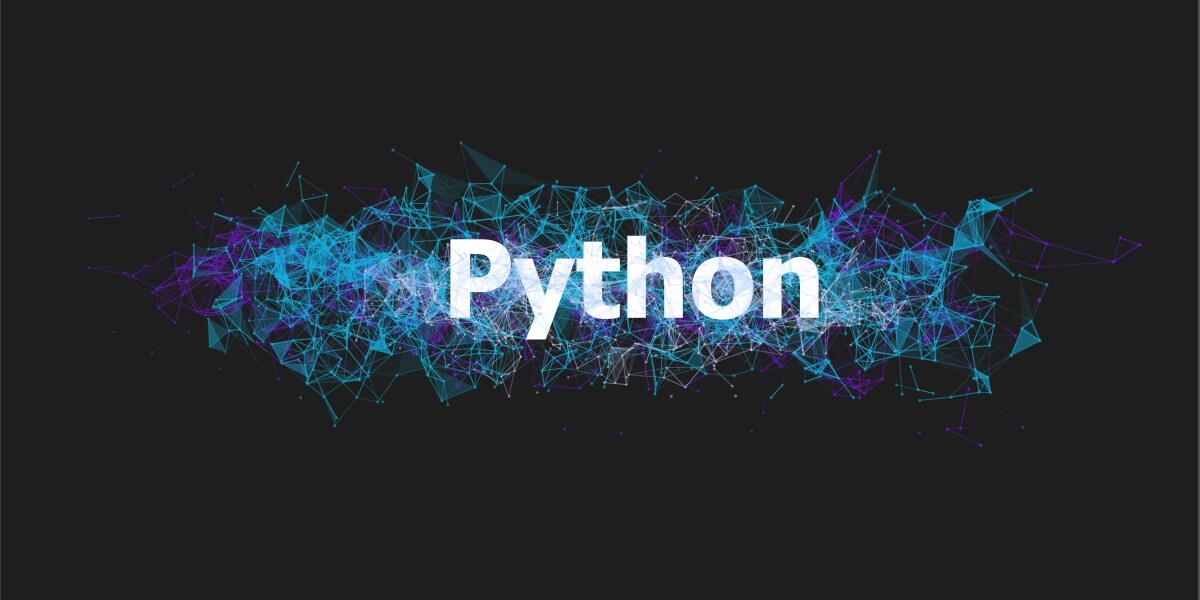Demystifying AI: A Business Perspective – A Swift, Comprehensive Guide
Dive into the world of AI tailored specifically for the business mind. This presentation offers a brisk yet thorough exploration of AI, designed to equip business professionals with an understanding of AI concepts, its transformative potential, and the latest trends. Without delving too deep into the technical jargon, I navigate the recent surge in AI …









